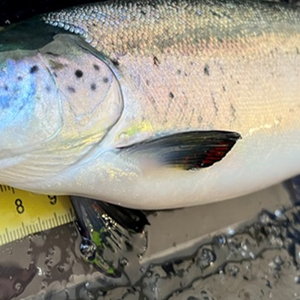Disease-Related Impacts of Salmon Aquaculture Top Agenda at WWF Dialogue Meeting
The World Wildlife Fund (WWF) reports significant progress has been made in the Salmon Aquaculture Dialogue with the presentation and discussion of the Technical Working Group reports on diseases and parasites at a meeting on March 12-13, 2009. Top experts in the field were asked to assess the environmental impact of diseases and parasites and pull together current knowledge on preventing and mitigating these effects on farms and on the environment.
“We invite all stakeholders to provide comments on the reports, which will be used to further develop measurable standards that minimize or eliminate the key negative environmental and social impacts associated with salmon aquaculture,” said Steering Committee member Rodrigo Infante of SalmonChile.
Public comments will be solicited once the reports are final and posted on the WWF website.
More than 50 producers, nongovernmental organizations and other stakeholders participated in the meeting, where they also provided input on the list of criteria related to the development of salmon aquaculture standards. All feedback received will be used by the multi-stakeholder Steering Committee to create draft standards that will be posted for public comment early next year.
“There is a lot of interest in sustainable seafood and it is great to see such a broad range of participants sharing ideas and the uptake of these ideas into the Dialogue process,” said Marius Dalen of the Bellona Foundation.
To learn more about each impact related to salmon farming, the Steering Committee for the World Wildlife Fund-initiated Dialogue created technical working groups (TWGs) that drafted a series of “State of Information Reports.” Each report assesses existing research related to an impact, identifies gaps or areas of disagreement in the research and suggests a process for addressing the gaps.
Reports have been completed for chemical inputs, nutrient loading/carrying capacity, feed, escapes and benthic impacts/siting. The feed report was completed in 2005 and the Technical Working Group consisted of Dr. Albert G. J. Tacon.
View the full reports and a complete list of technical working group members.










